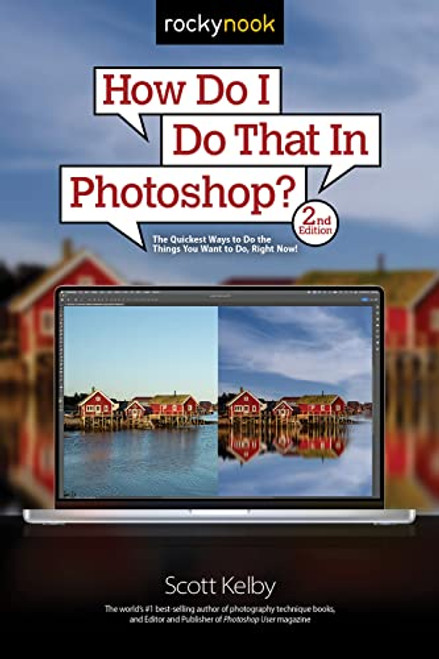More and more libraries, archives, and museums are creating online collections of digitized resources. Where can those charged with organizing these new collections turn for guidance on the actual practice of metadata design and creation? To Metadata for Digital Collections: A How-To-Do-It Manual for Libraries, Archives, and Museums. This practical, hands-on volume will make it easy for readers to acquire the knowledge and skills they need, whether they use the book on the job or in a classroom.. Author Steven Miller introduces readers to fundamental concepts and practices in a style accessible to beginners and LIS students, as well as experienced practitioners with little metadata training. He also takes account of the widespread use of digital collection management systems such as CONTENTdm. Rather than surveying a large number of metadata schemes, Miller covers only three of the schemes most commonly used in general digital resource description, namely, Dublin Core, MODS, and VRA. By limiting himself, Miller is able to address the chosen schemes in greater depth. He is also able to include numerous practical examples that clarify common application issues and challenges. He provides practical guidance on applying each of the Dublin Core elements, taking special care to clarify those most commonly misunderstood. The book includes a step-by-step guide on how to design and document a metadata scheme for local institutional needs and for specific digital collection projects. The text also serves well as an introduction to broader metadata topics, including XML encoding, mapping between different schemes, metadata interoperability and record sharing, OAI harvesting, and the emerging environment of Linked Data and the Semantic Web, explaining their relevance to current practitioners and students. A companion Web site includes exercises for each chapter, with suggestions for instructors, along with additional practical and reference resources.
Metadata for Digital Collections: A How-to-Do-It Manual (How To Do It Manuals for Librarians)
Steven J Miller
$22.55 - $191.30
- UPC:
- 9781555707460
- Maximum Purchase:
- 3 units
- Binding:
- Paperback
- Publication Date:
- 2011-05-31
- Author:
- Steven J. Miller
- Language:
- english
- Edition:
- Pap/Psc












